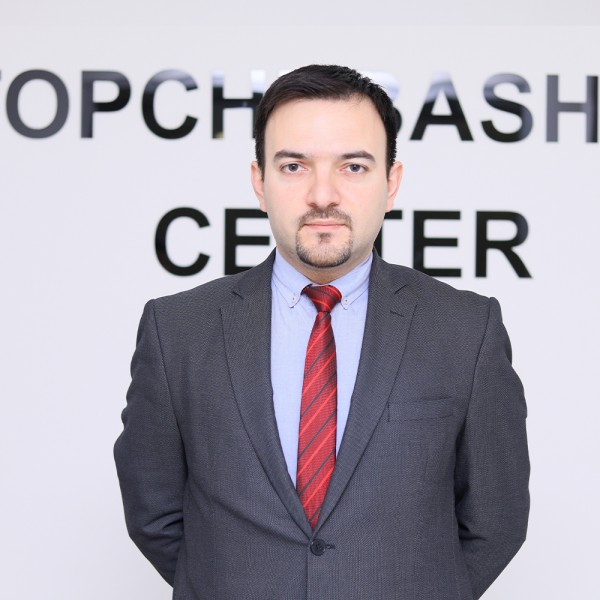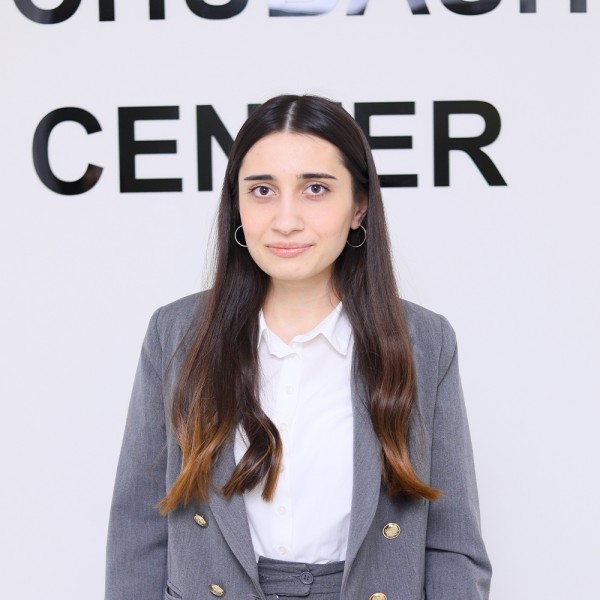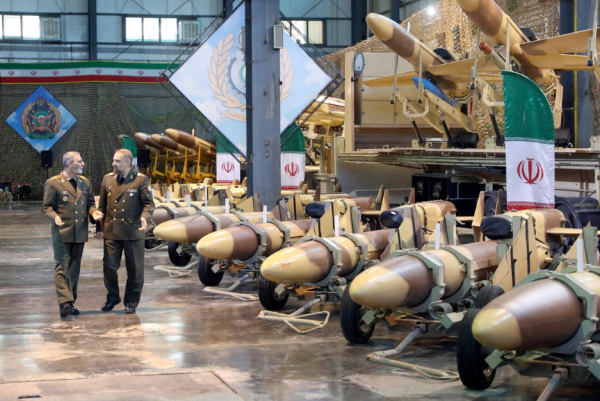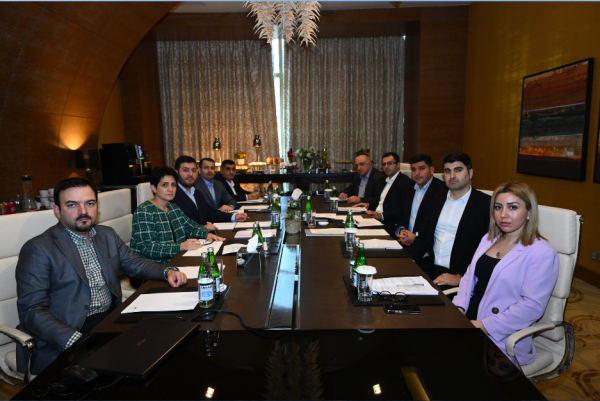The evolution of Armenian discourse on Karabakh
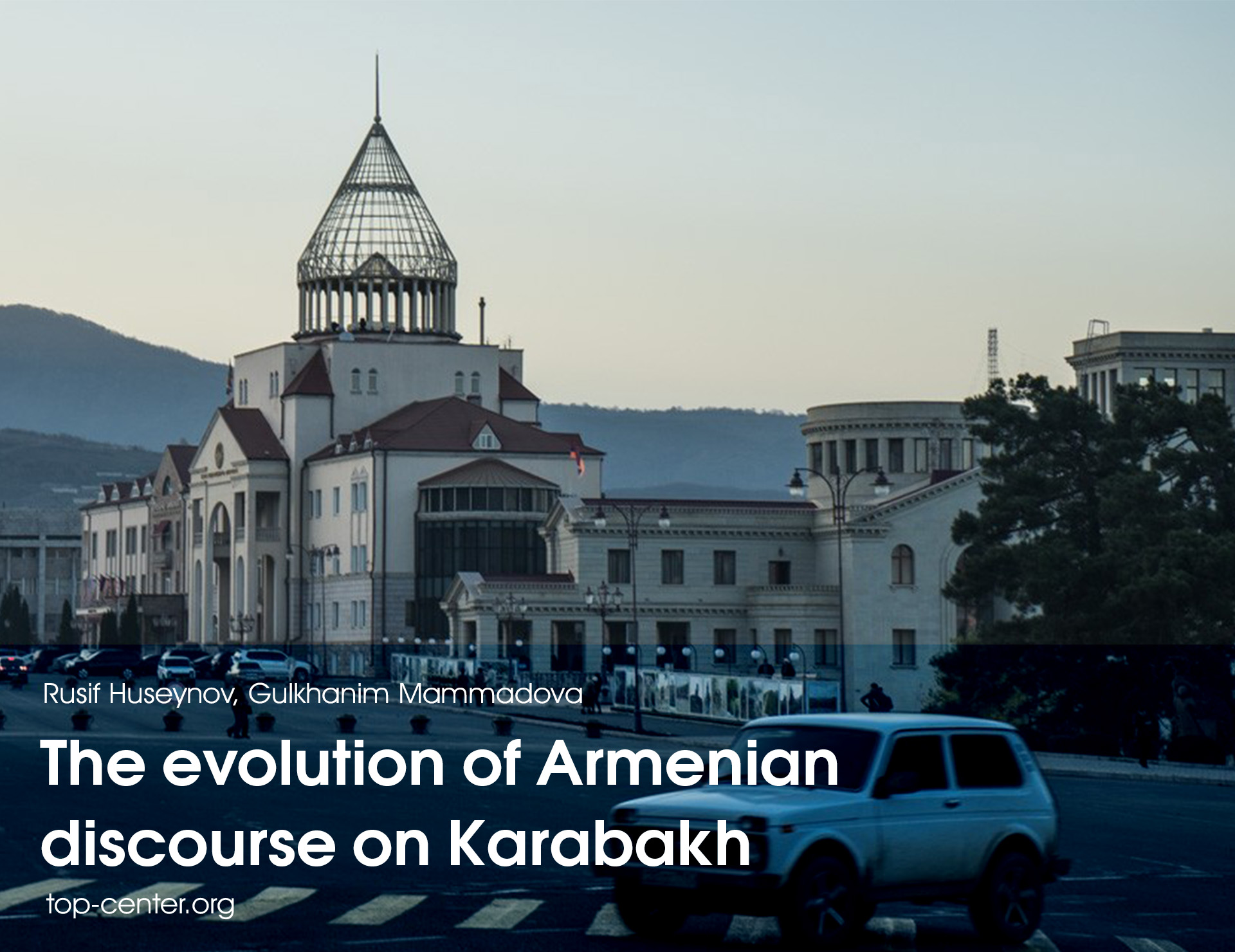
Armenian Prime Minister Nikol Pashinyan's recent declaration acknowledging Karabakh as the territory of Azerbaijan marks a significant shift in Armenian discourse on the conflict, prompting a closer examination of the notable transformation in the Armenian stance from 2019 to the present. For years, especially prior to 2020, this position had remained firm, advocating for the self-determination of Karabakh`s Armenian community, independence of the “Nagorno-Karabakh Republic”, and its eventual unification with Armenia.
The post-Velvet Revolution rhetoric from Armenia sounded quite fresh and controversial at the same time: in an attempt to break the principles of his predecessors, Pashinyan offered a “fair” solution to the Karabakh issue which would suit the interest of both Armenian and Azerbaijani parties; however, in his understanding, the Armenian party consisted of two sides: Armenia and Karabakh. Thus, he insisted Nagorno-Karabakh be included in the negotiations. This approach went in contrast with Azerbaijan`s position, which emphasized that the conflict should be resolved within Azerbaijan`s territorial integrity framework, and was also protested by the mediating countries, who did not want to reset the established format.
At the same time, Pashinyan allegedly in an attempt to calm down the nationalistic faction and earn its support gradually transformed his “constructive” approach into irredentist rhetoric, the climax of which took place in August 2019. He called for the unification of Armenia and Karabakh, proclaiming “Artsakh is Armenia, and that's it”. This departure from the previous conciliatory approach marked a notable transition in Pashinyan`s discourse, as he asserted Armenia's claim over Karabakh and tapped into nationalist-irredentist sentiments. The provocative actions further exacerbated tensions, when in May 2020, an “inauguration” ceremony for the leader of the unrecognized “Nagorno-Karabakh Republic” was held in Shusha. This move was widely perceived as a deliberate provocation, deepening frustrations among Azerbaijanis who were already weary of the protracted occupation and stagnant negotiations.
This stance on Karabakh underwent an epic transformation following the Second Karabakh War in 2020, which served as a turning point, prompting re-evaluation of Armenia's approach. The subsequent territorial changes made it increasingly challenging to maintain the goal of an independent Nagorno-Karabakh. With the surrounding provinces being returned to Azerbaijan, the physical and logistical viability of an independent entity became significantly compromised. The land routes connecting Karabakh to Armenia were severed, and the region became more geographically isolated. In this context, the previously single process converted into two separate tracks: Armenia-Azerbaijan normalization and the issue of Karabakh. With its weakening influence over the latter, Armenia began to exit the Karabakh framework. This geopolitical shift also impacted the Armenian discourse and culminated in April 2022, when Pashinyan adopted a more pragmatic position in a historic parliament speech announcing “lowering the bars” about the fate of Karabakh and putting forth a proposal for signing a peace agreement with Azerbaijan. This proposal heralded Armenia`s move towards the recognition of the territorial integrity of Azerbaijan, a key principle within Baku`s package for normalization.
Despite the persistence of some groups, mostly marginal, in Armenia, who still held on to the previous emphasis on territorial claims and the desire to regain control over all lost territories, the prevailing sentiment among the Armenian population has shifted significantly. Having been demoralized and undergoing war fatigue, the so-called silent majority re-elected Pashinyan in the summer of 2021, despite his defeat in the 2020 war, by mandating him to pursue a policy for normalization with Azerbaijan (and Türkiye), however painful it could be for the Armenian society.
The evolution of the discourse continued throughout 2022, especially within the Brussels-mediated peace talks. Following the meeting in Prague in October 2022, Azerbaijani President Ilham Aliyev and Armenian Prime Minister Nikol Pashinyan stated their adherence to the principles enshrined in the UN Charter and the 1991 Almaty Declaration. In the statement, both sides reaffirmed their recognition of each other's territorial integrity and sovereignty. This signaled a departure from previous discourses that heavily emphasized historical claims or unilateral demands.
Pashinyan's subsequent address to the National Assembly in April 2023 showcased the latest stage in this evolution. Recognizing international pressure, Pashinyan acknowledged the need to adjust Armenia's claims and strike a balance between domestic expectations and international realities. This realpolitik approach reflected a willingness to adapt and engage in the complexities of the conflict, prioritizing the stability of Armenia within its internationally recognized borders.
Yet, just the “recognition of territorial integrity and sovereignty” was not convincing enough and still sounded quite ambiguous for the Azerbaijani side, who was familiar with Armenian claims about “Azerbaijan`s territorial integrity without Karabakh”, which points out to the fact that Baku did not possess de facto sovereignty over Nagorno-Karabakh when proclaiming its independence in 1991.
Most recently, under the pressure of the Azerbaijani side, Armenia, for the first time, referred to 86,000 and 29,800 sq. km., the territorial sizes of Azerbaijan and Armenia respectively. However, even these figures did not fully overcome the ambiguity of the Armenian discourse: Baku wanted to hear the very statement “Karabakh is Azerbaijan” - a counter-slogan to Pashinyan's infamous “Karabakh is Armenia” speech in order to formalize Yerevan`s retreat from territorial claims. Subsequently, during a press conference held in Yerevan on May 22, Pashinyan made this long-awaited announcement. He expressed Armenia's willingness to recognize Karabakh as part of Azerbaijan on the condition that Baku provides robust guarantees for the security and well-being of the region's ethnic Armenian population. Pashinyan emphasized that the total land area of Azerbaijan, spanning 86,600 square kilometers, encompasses Karabakh.
It is important to note that this shift has not been without challenges, as it contrasts with the divergent expectations held by a significant portion of the Armenian population, particularly those in Karabakh. The “Nagorno-Karabakh Republic” leader Arayik Harutyunyan's strong opposition to Pashinyan's announcement by claiming the sovereignty and “right to self-determination” of Karabakh underscores the differing expectations and perspectives within the Armenian political circles. Moreover, some statements from the Armenian elite, have, from time to time, referred to the principle of remedial secession in a (hopeless) attempt to keep Nagorno-Karabakh as a separate entity.
The sporadic reference to remedial secession and call for an international mechanism for the rights and security of the Karabakh Armenians may be the last attempt of the Armenian political circles to either prevent the irreversible process (Azerbaijan`s sovereignty over Karabakh) and/or to secure some sort of concessions from Baku.
Over time, the initial call for unification in 2019 has evolved into a more pragmatic and realpolitik approach, which reflects the difficult position Armenia finds itself in. In this complex and challenging landscape Pashinyan's shift in discourse, acknowledging Azerbaijan's territorial integrity, and embracing a cooperative tone reflect a more nuanced understanding of the evolving situation on the ground. In turn, contrasting viewpoints within the Armenian leadership and society illustrate the challenging task of reconciling the pragmatic considerations of international relations with deeply entrenched dogmas and beliefs. The Armenian government will need to navigate a path that strikes a balance between these divergent expectations and the complexities of realities.



